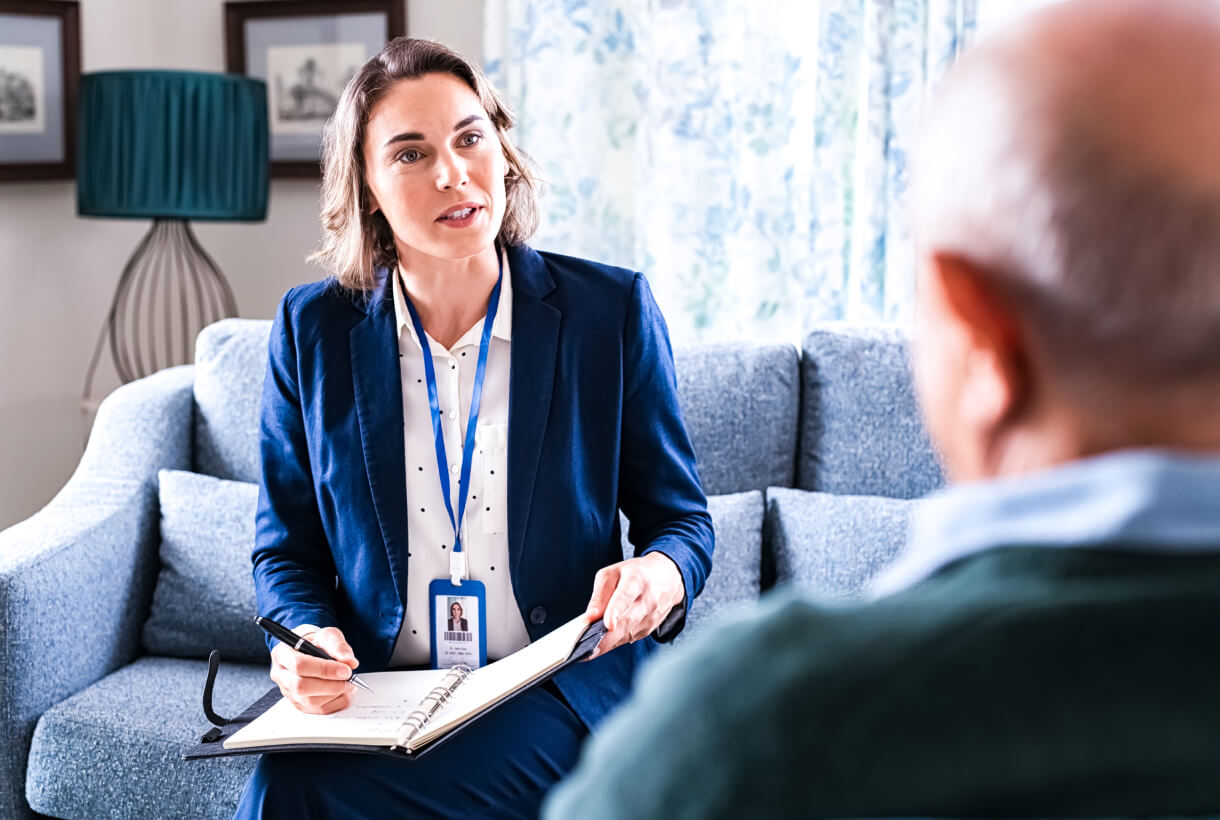Across the country, government agencies are always endeavoring to find new and better ways to drive engagement. In 2021, the US Department of Health and Human Services identified “Safeguarding Public Health” and “Protecting the Health and Safety of HHS Beneficiaries” as two of their top six challenges. As we enter 2022, pandemic repercussions continue to affect quality of life, especially for vulnerable populations. Now more than ever, agencies need a way to improve community access to essential Federal and State programs.
As any social worker can tell you, all too frequently life-changing resources go unused simply due to lack of awareness. And when they’re underutilized, funding often dries up. From aging infrastructure to economic downturns, challenges to equal access abound. So how can you overcome these obstacles? Fundamentally, awareness and access are predicated upon communication. You need a way to get the word out, and your clientele need a way to take you up on it.
The Critical Communications Solution
Two-way communications is the name of the game. Specifically, you need a mass notification system that provides a means of exchanging information between staff and clientele. To achieve your objectives, it has to be fast, easy and convenient for users on both ends. The technology is out there – when you have an intuitive interface, customizable options and a reliable network, you’re better positioned to keep your community connected.
Have you considered all the areas where an effective public alerting system can help you get the word out?
- Public health: Send notifications of available COVID boosters. Deliver information about overdose prevention. Provide smoking cessation tools.
- Human services: Increase awareness of the Head Start program to help young children from low-income families succeed in school. Support potential adoptive parents in their search. Assist families in finding childcare and the funds to pay for it.
- Healthcare: Direct potential recipients to affordable healthcare options. Inform people of Medicaid and Medicare eligibility. Empower those caring for older adults and people with disabilities.
4 Key Features to Maximize Your Reach
It’s easy to share information about HHS benefits and services with the right critical communications platform. When evaluating your options, agencies should make sure to look for a solution that offers these four key features:
- Multiple Modalities with Geo-targeting: Make sure your users will have options for how to receive messages, including voicemail, text, email and in-app notification. Not only does this improve the delivery process, it ensures inclusivity for members of your population who are hearing or vision impaired. In addition, you want precise geo-targeting capability in order to send messages to recipients based on their geographic location, building, floor, job role, need or capability.
- Contact Data Management: Verify a self-registration portal is included, so that recipients can update their own information to help keep it accurate and up-to-date. In addition, there should be options to populate your contact list by drawing from multiple sources, such as utilities data, public enrollment entries and 911 records. Finally, there should be dedicated customer support to geocode those records and complete the database.
- Free to End User Messaging (FTEU): To ensure equal access for all recipients, your technology provider should offer the capability to pay the wireless carrier upfront for associated messaging fees. This removes the cost burden from recipients and prevents any potential economic bar to entry.
- Multi-language Options and Translation Services: To enable better message comprehension, look for a wide range of options for language preferences and translation. When recipients can select to receive your alerts in their preferred language and staff can have their messages automatically translated, communication becomes more efficient and your reach increases.
Making a Difference: A Practical Example
Agencies leveraging the power of a modern critical communications system are seeing real results. Recently, one state agency used OnSolve Critical Communications to notify government-assisted and low-income individuals of their eligibility for tax refunds, independent of employment status. Thanks to this timely explanation, these residents were able to receive back $2.5 million from the federal government. These life-changing funds likely would have otherwise gone unrecovered. At a time when families throughout the country rely on every dollar, this is a win.
With the right technology, your agency can reach the community more effectively and empower them to leverage every available resource for their health, safety and security. More victories are possible for your community when you deliver rapid and relevant critical communications.


